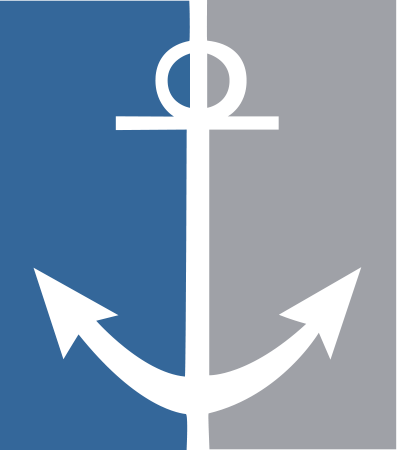The largest Great Lakes freighters are massive and can carry more than 70,000 tons of cargo in a single voyage.
Stood on end, these ships would be as tall as a 100 story building. Ships offer the most efficient means of transporting large quantities of cargo. For example, the largest Great Lakes vessels can transport the same cargo as 700 rail cars or 2,800 trucks.
Lakers / Salties
Lake Vessels
Most Great Lakes Seaway commercial cargo ships are specially designed and constructed for use in the system. Known as “lakers,” these vessels carry bulk cargo and have a unique configuration that enable them to fit through our navigation locks and operate under the weather and fresh-water hydrologic conditions in the Great Lakes.
Ocean-going Vessels
The waterway is also served by ocean-going vessels designed to operate not only in the Great Lakes, but also in the harsh conditions of the world’s salt-water oceans. For this reason, these vessels are known as “salties.” Most salties are multipurpose in their design, able to carry bulk cargo, break bulk cargo and project cargo.
Vessel Flag
The Great Lakes-Seaway system is served by three distinct vessel operator communities:
- U.S.-flag operators are those companies whose vessels are documented under the laws of the United States. Generally these carriers operate between U.S. ports within the Great Lakes.
- Canadian-flag operators are those companies whose vessels are documented under Canadian law. These carriers generally operate between lower St. Lawrence River ports and Great Lakes ports, carrying both domestic and bi-national commerce.
- Foreign-flag operators are those carriers whose vessels are documented under the laws of a country other than the United States or Canada. These vessels operate between system ports and overseas destinations.

